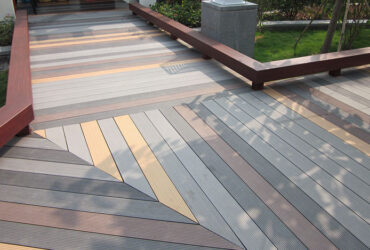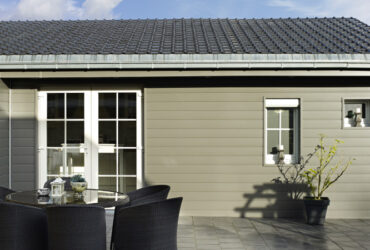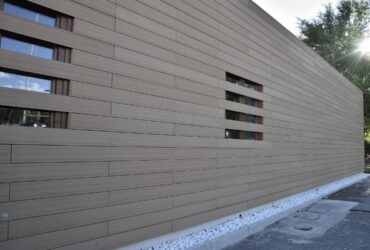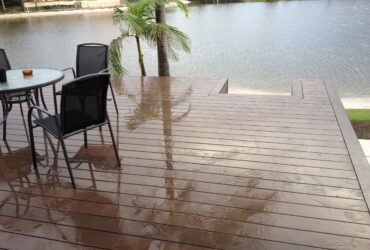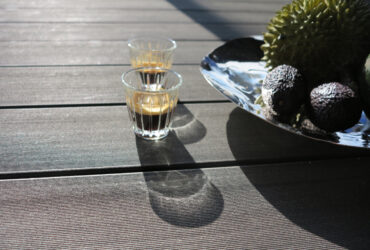High-strength Lightweight Plastic-wood Composite Material
Wood-plastic composite materials are mainly thermoplastic materials made of wood fibers and plastics by hot pressing.It combines the advantages of both wood and plastic, and has the advantages of wood appearance and high hardness of plastic, moth-proof, long service life, and recyclable utilization.However, in the existing plastic-wood composite products, the wooden matrix enhances the rigidity of thermoplastics, but greatly reduces the original excellent toughness of the plastic matrix.At the same time, it also faces the problems of strong hygroscopicity, low durability, high material density and high cost.
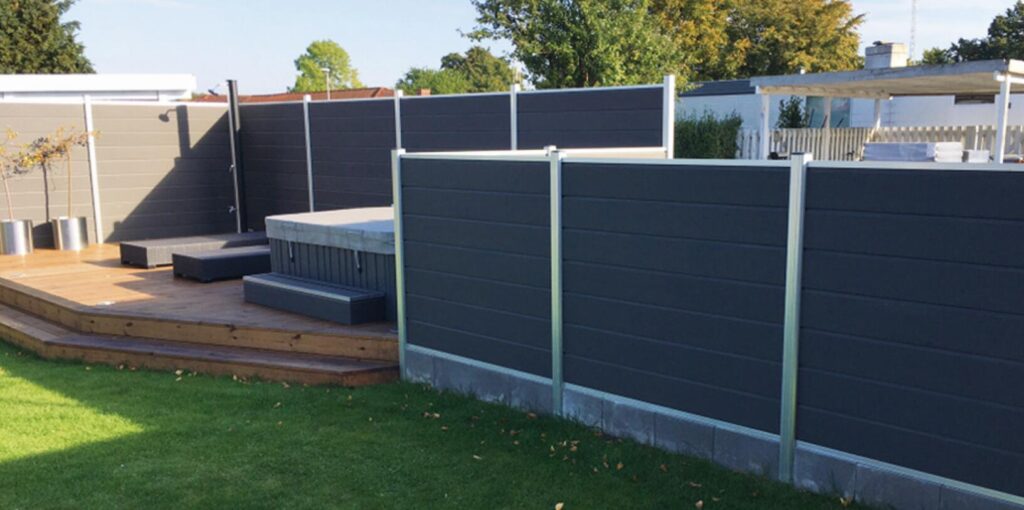
A new type of light-weight high-strength plastic-wood composite material and its preparation method are introduced. The light-weight plastic-wood core layer in the light-weight high-strength plastic-wood composite material is made of processing residues, which can reduce the weight and cost;The structural layer can enhance the mechanical properties of the lightweight high-strength plastic-wood composite material, and the first surface layer and the second surface layer solve the problem of easy aging of the lightweight high-strength plastic-wood composite material, and the durability is improved.
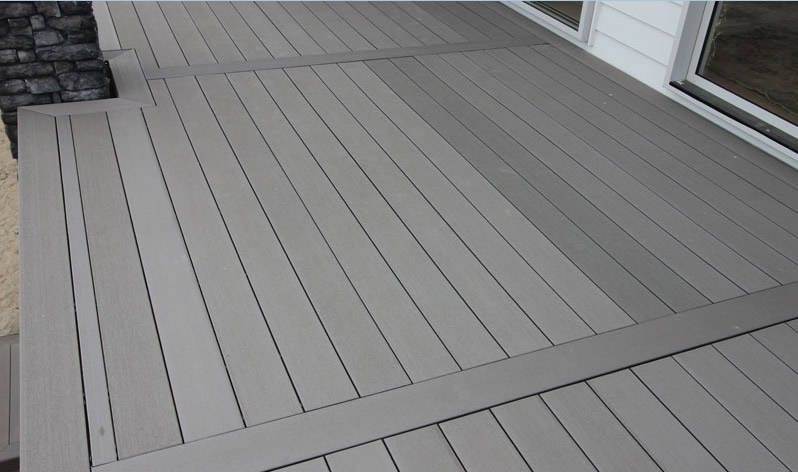
The technology provides a light-weight high-strength plastic-wood composite material, including a first surface layer, a second surface layer, and a circulation unit arranged between the first surface layer and the second surface layer;The circulation unit includes a structural layer and a lightweight plastic-wood core layer; the number of circulation units is ≥1;The materials of the first surface layer and the second surface layer independently include high weather resistance resin or resin-based composite material;Resin-based composite materials include plant fibers, thermoplastic resins, coupling agents and lubricants; structural layers include fiber braid reinforcements or modified thermoplastic polymers; lightweight plastic wood core layers include processing residues and thermoplastics;Processing residues include one or more of bamboo chips, wood powder, straw and white mud.The lightweight plastic-wood core layer in the lightweight high-strength plastic-wood composite material uses processing residues, which can reduce self-weight and cost;In addition to the mechanical support function, the structural layer also has a bonding function, which improves the bonding force between materials and achieves the purpose of enhancing the mechanical properties of the lightweight high-strength plastic-wood composite material.The first surface layer and the second surface layer solve the problem of easy aging of the lightweight high-strength plastic-wood composite material, and the durability is improved.
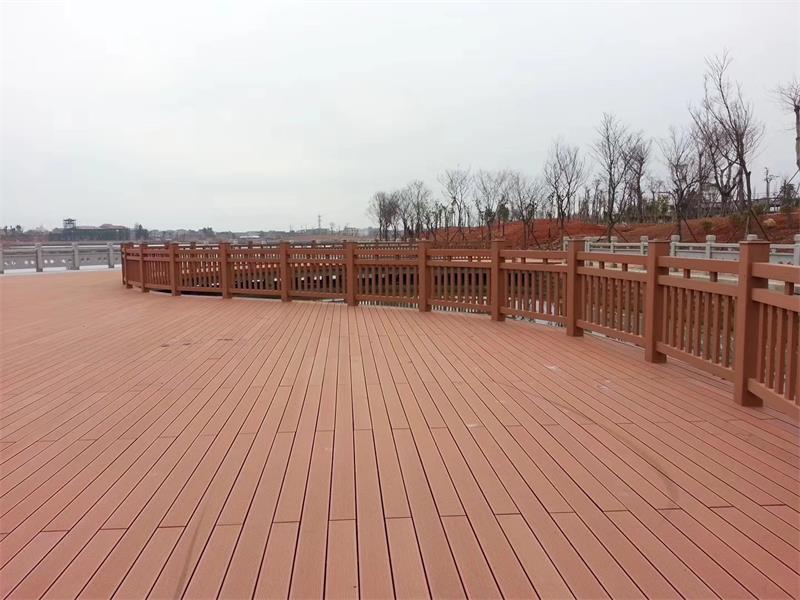
The modified thermoplastic polymer preferably includes a high-strength thermoplastic resin modified by an inorganic filler; the high-strength thermoplastic resin is preferably one or more of polypropylene, polyvinyl chloride, polyamide, polyether ether ketone, and polyphenylene sulfide;When the high-strength thermoplastic resin is two or more of the above-mentioned specific options, there is no special limitation on the proportion of the specific substances, and any proportion can be mixed.The inorganic filler preferably includes one or more of carbon nanotubes, micronano SiO2 particles, talcum powder and glass fibers;When the inorganic filler is two or more of the above-mentioned specific options, there is no special limitation on the ratio of the above-mentioned specific substances, and it can be mixed in any ratio. The particle size of the inorganic filler is not particularly limited, and a particle size well known to those skilled in the art can be used. In the present invention, the inorganic filler is preferably an inorganic filler modified by a silane coupling agent; the mass ratio of the silane coupling agent to the inorganic filler is preferably 1:100.

